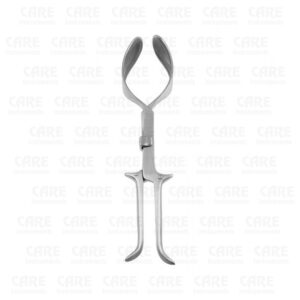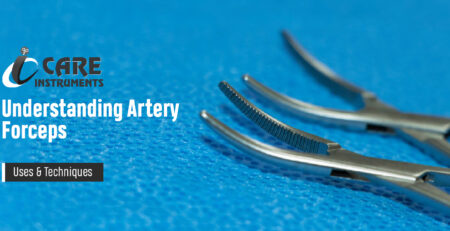Gynecology and Obstetrics Innovation Redefined: How Surgical Instruments are Reshaping
Introduction
This blog post explores the transformative role of surgical instruments in reshaping gynecology and obstetrics.In the field of medicine, innovation plays a crucial role in improving patient outcomes and enhancing healthcare practices. One area where innovation has had a significant impact is gynecology and obstetrics. Over the years, surgical instruments have undergone remarkable advancements, revolutionizing the way procedures are performed and redefining the standards of care in these specialties.
The Evolution of Surgical Instruments
Ancient Tools to Modern Marvels
Gynecological and obstetric procedures have a long history dating back to ancient civilizations. In the past, surgical instruments were rudimentary, often made of materials like bone, wood, or metal. These instruments lacked precision and posed significant risks to patients. However, with the advancements in medical technology, modern surgical instruments have become highly sophisticated and specialized.
Precision and Minimally Invasive Techniques
One of the most significant developments in gynecology and obstetrics is the advent of minimally invasive surgical techniques. These techniques rely on specialized instruments such as laparoscopes, hysteroscopes, and robotic surgical systems. These instruments enable surgeons to perform procedures with increased precision and accuracy while minimizing patient discomfort and recovery time. Minimally invasive techniques have revolutionized procedures like hysterectomies, myomectomies, and ovarian cystectomies.
Surgical Instruments Revolutionizing Gynecology and Obstetrics
 Robotic-Assisted Surgery
Robotic-Assisted Surgery
Robotic surgical systems, such as the da Vinci Surgical System, have emerged as a game-changer in gynecology and obstetrics. These advanced systems offer enhanced dexterity, precision, and visualization to surgeons. By controlling robotic arms with utmost precision, surgeons can perform complex procedures with smaller incisions, reduced blood loss, and faster recovery times. Robotic-assisted surgery has found applications in various gynecological and obstetric procedures, including hysterectomies, myomectomies, and sacrocolpopexies.
Advanced Imaging Techniques
Innovations in surgical imaging have significantly contributed to the improvement of gynecological and obstetric procedures. High-resolution imaging technologies, such as ultrasound, magnetic resonance imaging (MRI), and computed tomography (CT), allow for better visualization of anatomical structures. Surgeons can accurately diagnose conditions, plan surgeries, and monitor patient progress using these imaging techniques. Additionally, real-time imaging during procedures enables surgeons to make informed decisions and ensure optimal outcomes.
Single-Incision Surgery
Traditionally, surgical procedures involved multiple incisions to access the targeted area. However, advancements in surgical instruments have led to the development of single-incision surgery. Single-incision laparoscopic surgery involves performing procedures through a single small incision, usually in the navel. This technique reduces scarring, lowers the risk of complications, and enhances patient satisfaction. Single-incision surgery is increasingly being used for procedures like hysterectomies, oophorectomies, and tubal ligations.
The Impact on Patient Care
 Improved Safety and Outcomes
Improved Safety and Outcomes
The integration of innovative surgical instruments in gynecology and obstetrics has significantly improved patient safety and outcomes. Minimally invasive techniques result in smaller incisions, reduced blood loss, and faster recovery times. This translates into shorter hospital stays, decreased post-operative pain, and improved overall patient satisfaction. Moreover, advanced imaging techniques enable surgeons to identify and address potential complications more effectively, leading to better surgical outcomes.
Enhanced Patient Experience
In addition to the clinical benefits, the use of modern surgical instruments has positively impacted the patient experience. Minimally invasive procedures offer reduced scarring, decreased pain, and faster return to normal activities. Patients can regain their quality of life more swiftly compared to traditional open surgeries. Moreover, advancements like single-incision surgery further contribute to patient satisfaction by minimizing visible scars and providing a more cosmetically appealing outcome.
Conclusion
Surgical instruments have undoubtedly reshaped gynecology and obstetrics, propelling these medical specialties into a new era of innovation and patient care. From ancient tools to modern marvels, the advancements in surgical instruments have revolutionized procedures, improved patient safety, and enhanced the overall patient experience. As technology continues to advance, we can expect further innovations in surgical instruments, leading to continued progress in gynecology and obstetrics, ultimately benefiting patients around the world.

 Robotic-Assisted Surgery
Robotic-Assisted Surgery Improved Safety and Outcomes
Improved Safety and Outcomes
Leave a Reply
You must be logged in to post a comment.